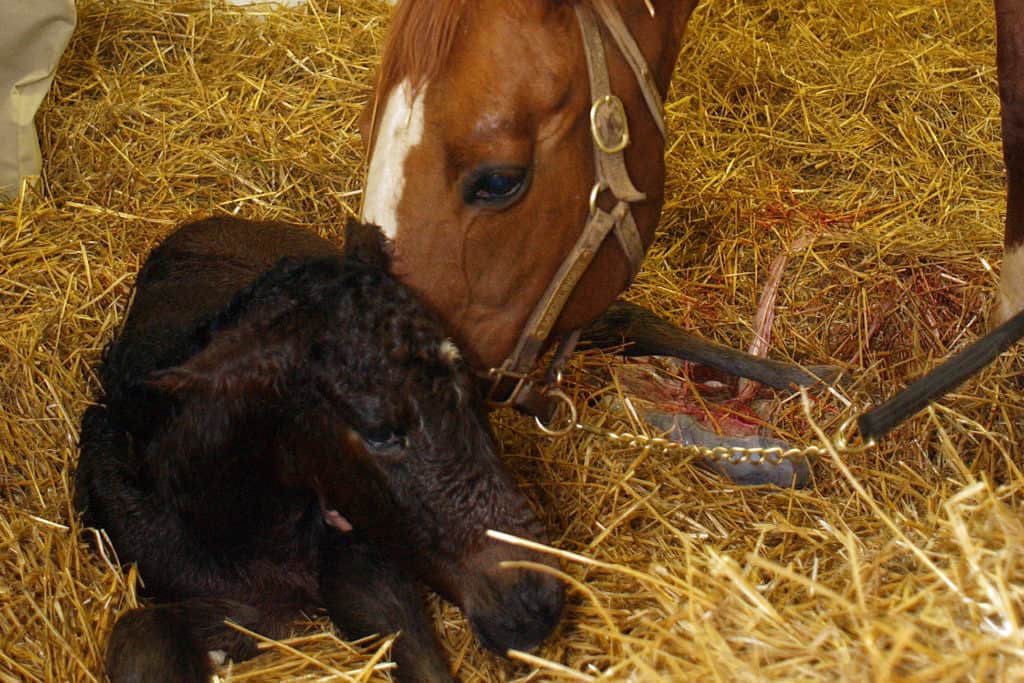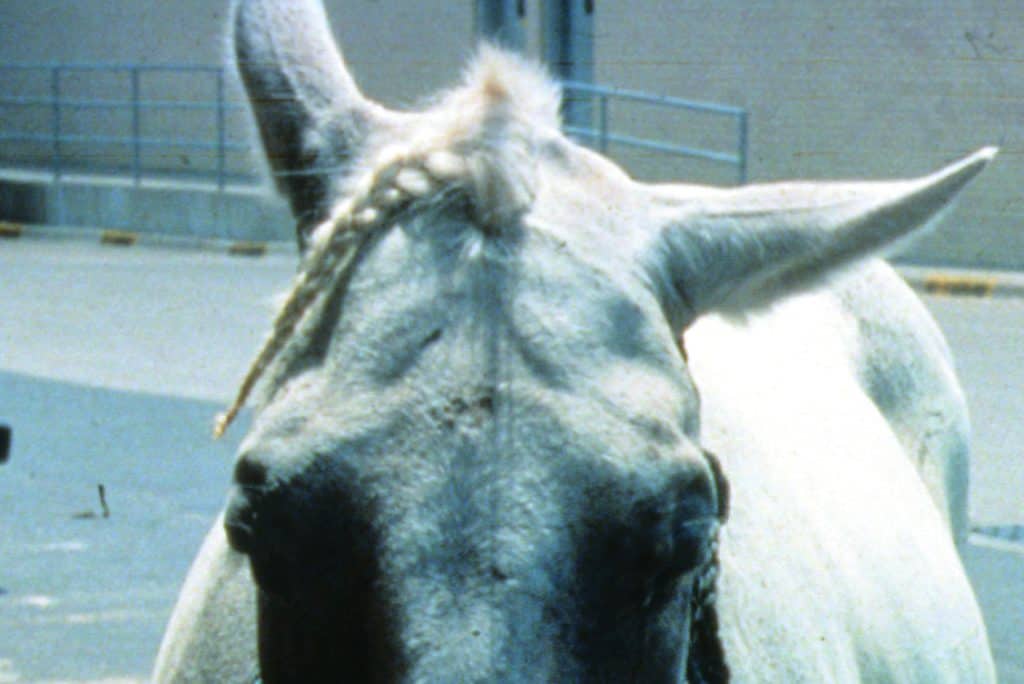
Webcast: Extracorporeal Shock Wave Therapy
Shock wave is a noninvasive, nonsurgical therapy for orthopedic conditions. Learn how it can help your horse.

Shock wave is a noninvasive, nonsurgical therapy for orthopedic conditions. Learn how it can help your horse.

Learn about equine intra-articular joint-injections for arthritis from a leading researcher and practitioner.

Stem cells offer a new and seemingly futuristic way to treat equine injuries. In this webcast Ross Rich, DVM, PA-C, shares his eight years of experience and results using adipose (fat)-derived stem cells to treat orthopedic injuries in horses.

Nutrition, dental care, exercise, and age-related diseases can all become issues for horses as they age. In this webcast, Dr. Dianne McFarlane offers suggestions on how to best manage and care for senior horses.

By reviewing methods of identification, including hot branding, freeze branding, microchipping, drawings/photographs, DNA analysis, lip tattooing, and new iris scan technology, Dr. McInturff will explain the pros and cons of each method.

Dr. Steve Reed of Rood & Riddle presents case studies and videos of horses with Equine protozoal myeloencephalitis (EPM), offering insight on diagnosis and treatment from the clinician’s perspective.

Breeders must work closely with their veterinarians, optimize mare care for her health and that of her foal, offer any help that’s needed during foaling, and provide the care the young foal needs for the best possible start in life.

Are you concerned about worms in your horses? If you’re not, you should be! Learn why we need to learn to live with the worms to a degree, and how to protect your horses while minimizing dewormer resistance.

Four veterinarians discuss equine protozoal myeloencephalitis (EPM) diagnosis, what conditions it can appear to be, and effective treatment strategies.

Flu, equine herpesviruses 1 and 4, and strangles commonly cause upper respiratory tract problems in horses with coughing, runny nose, and fever. How can you tell which one your horse has, and what can you do to prevent these diseases?

Compounded or customized medications fulfill a critically important role in horse health care; however, these tailored medications aren’t always what compounders claim them to be, and some are illegal.

The May 2011 outbreak of the sometimes fatal neurologic disease caused by equine herpesvirus-1 (EHV-1) has generated widespread concern throughout the horse industry. Learn about recognizing, treating, and preventing this disease in this free webinar

Rabies is a life-threatening neurological disease that can be spread from horses to humans, generally killing affected horses two to four days after clinical signs appear. Learn how to protect your horse and yourself.

Practical explanation of laminitis, diagnostic imaging, interpretation, and treatment principles.

Four veterinarians discuss equine protozoal myeloencephalitis (EPM) diagnosis, what conditions it can appear to be, and effective treatment.

It has been suggested that 60% of equine lameness problems are related to osteoarthritis, which stresses the importance of advancements of both medical & surgical treatment options.
Stay on top of the most recent Horse Health news with
"*" indicates required fields